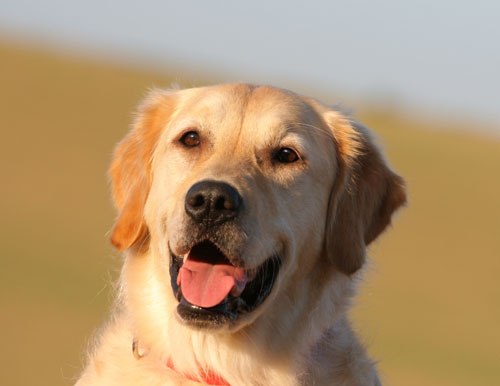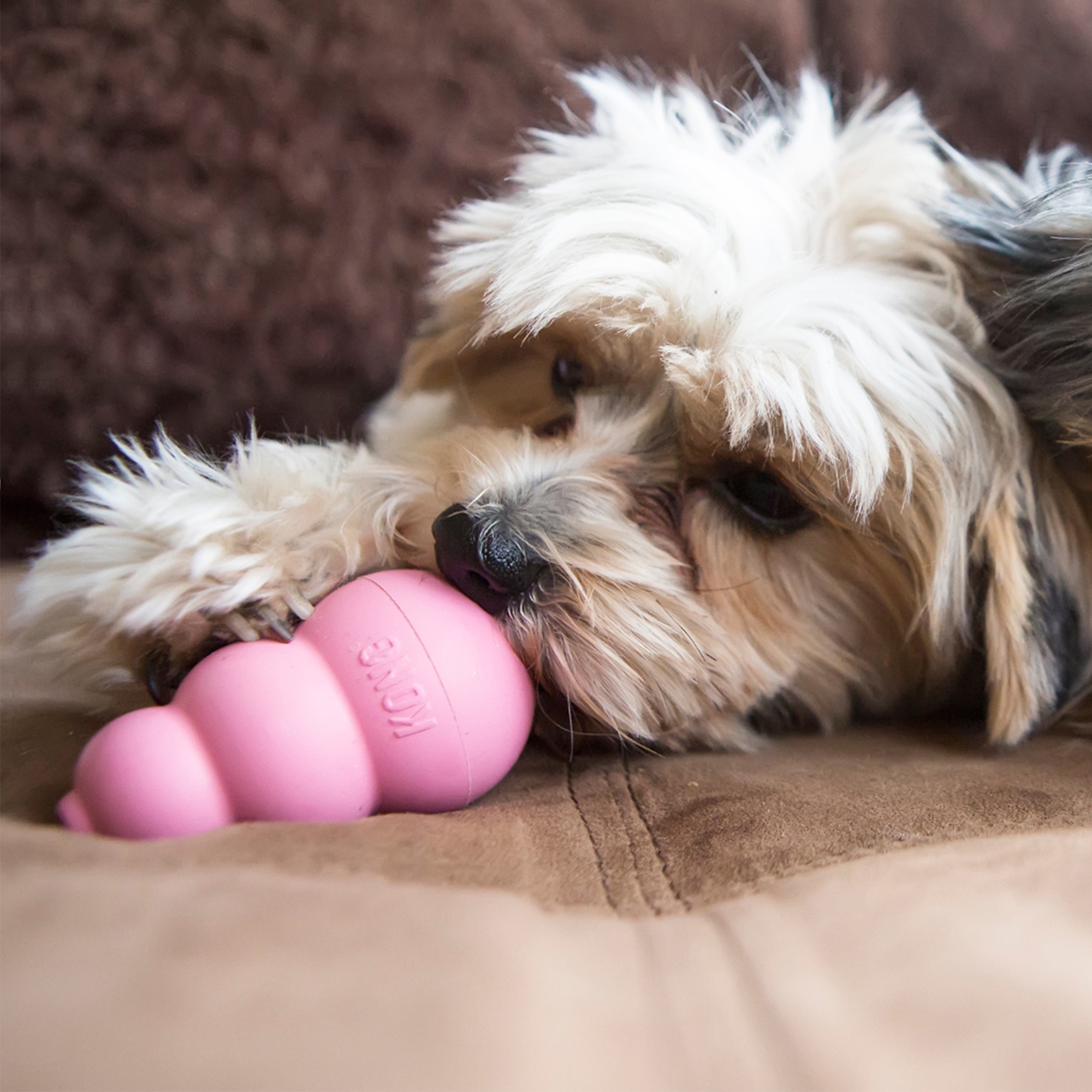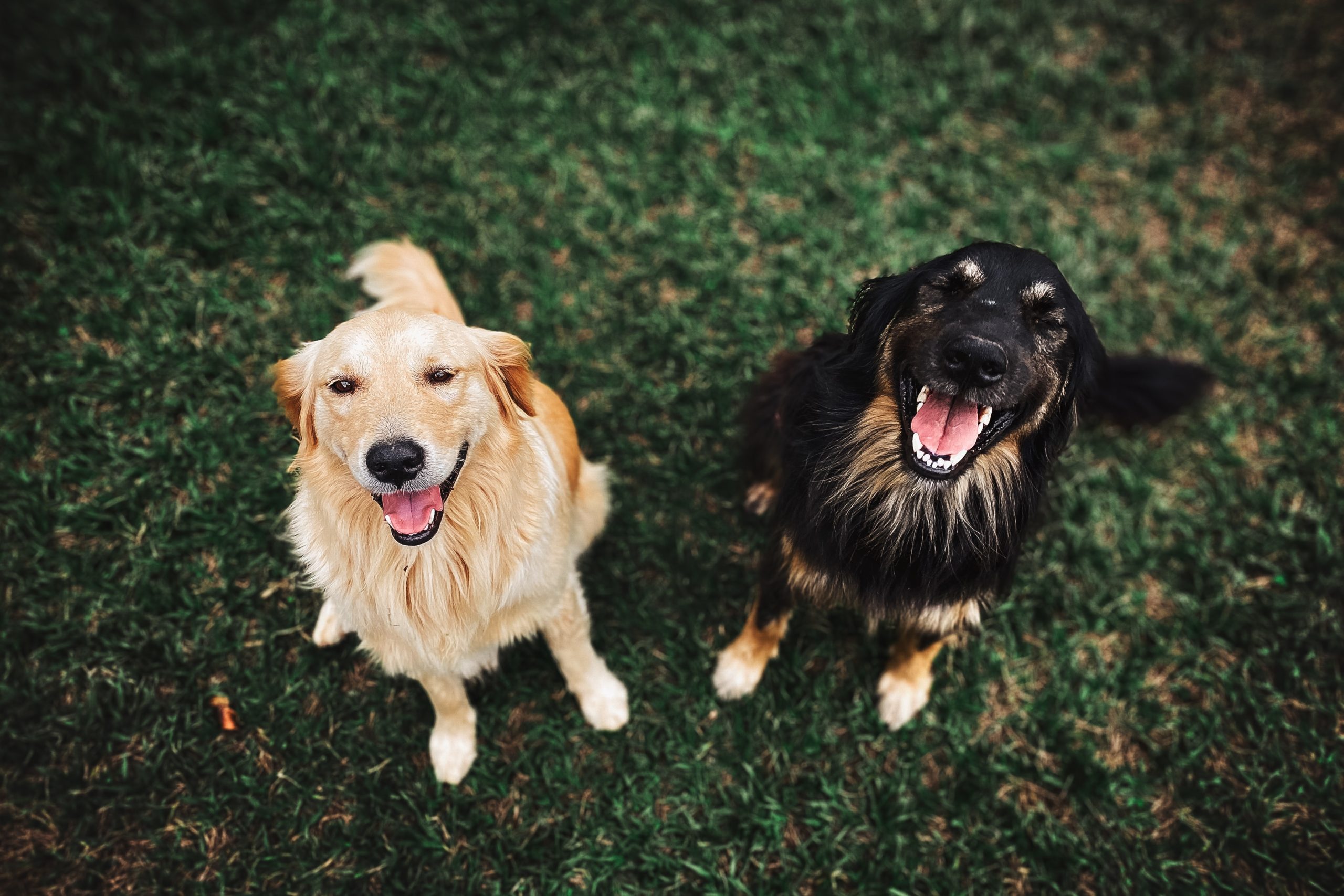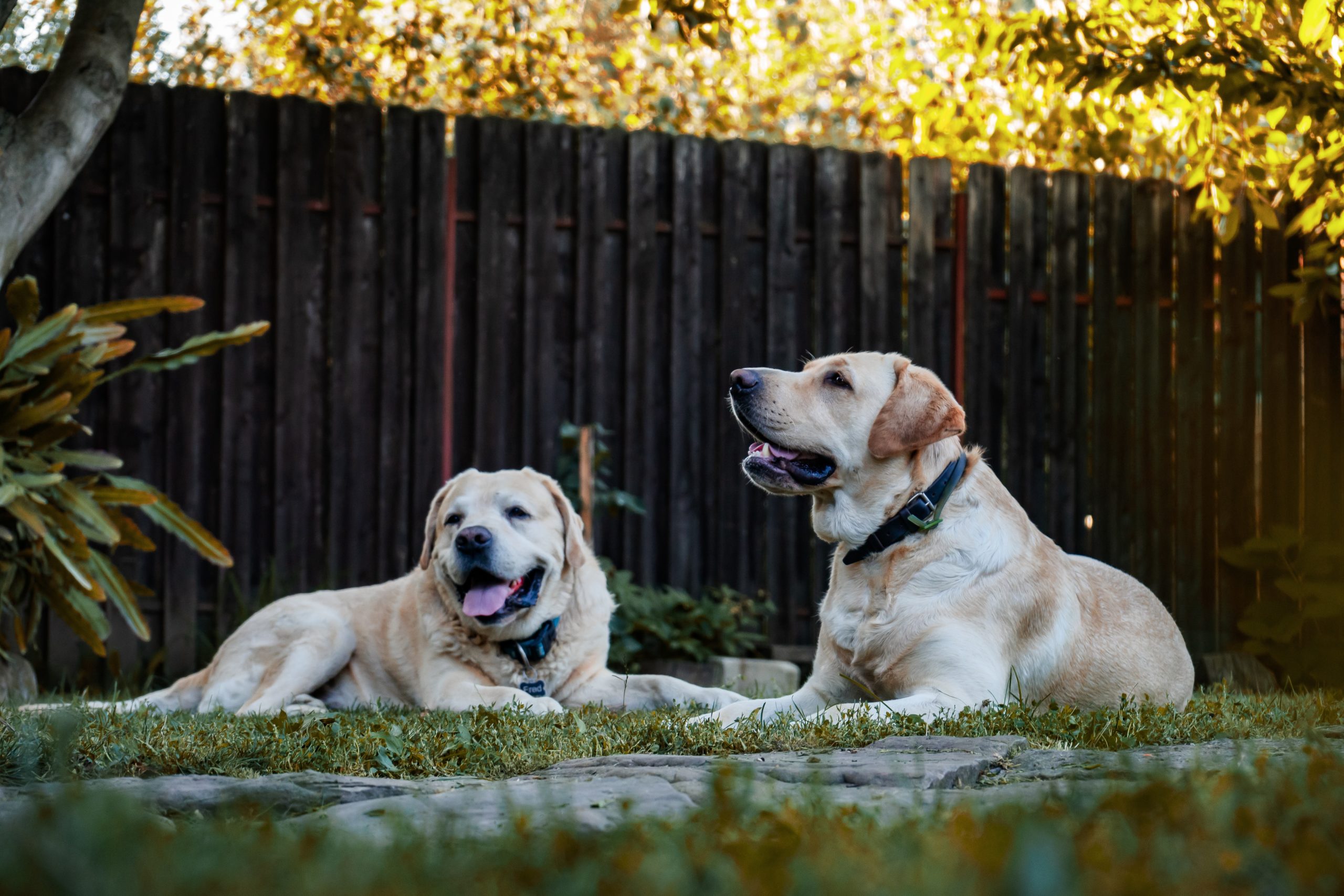Once your dog has mastered some basic obedience skills, such as ‘sit’, ‘stay’ and ‘lie down’ or ‘drop’, you can teach your some tricks.
Tricks are an enjoyable and gratifying aspect of training. The good thing about tricks is that they are fun. In fact, in no time at all, performing the trick becomes the reward in itself, that is, the trick becomes self-reinforcing.
Tricks can become a reward for other exercises – asking the dog to ‘give us a hug’ is a great reward for a good ‘down-stay’ on greetings. So have some fun with your dog and try a few of these simple tricks!
Rollover
Have your pup sit and lie down, and then, keeping the food treat or lure extremely close to the pup’s body, instruct the pup to “Rollover”, and move the lure backwards along one side of its muzzle to the top of its neck and over its shoulders. It may help if you tickle the doggie’s ‘doodads’ with the other hand (physical contact in the inguinal region causes most dogs to raise a hind leg).
As your pup rolls over onto its side and back, keep moving the food lure so that it rolls completely over into the down position once more. Once your puppy has mastered roll-over, a variation is to have the pup roll in the oppsoite direction with the request “Now, roll the other way”.
Bang
Another variation of rollover is to have the pup stay on its side or back and play possum. Firstly, try this from the down position. Say “Bang”, point your finger like a pistol, move the lure as above, but as soon as the pup is on its side or back, say “Stay” and keep the treat stationary.
Secondly, try this from the sitting position. After saying “Bang”, give a down signal followed by the rollover signal. Thirdly, try “Bang” from a stand-stay using the combined down and rollover signals as before.
Finally, try it when the pup is walking. Kids just love this one. So do many adults.
Beg
Have your pup sit-stay, say “Beg” and raise the lure a head’s length above the puppy’s nose. so that it leifts its front paws off the ground and sits back on its haunches.
If the pup jumps up, lower the lure and move it backwards a little. Initially, it may be easier practicing this exercise in a corner, so the puppy may lean against the walls to keep balance.
Give Us a Hug
Start with your dog in a sit-stay. Say “Give us a hug”, energise the dog by waggling a food lure in front of its nose and then slap your chest like a gorilla. It is wise to alternate “Give us a hug” with both sit-stays and down-stays so the dog learns the diffrence between enthusiastic and controlled greetings.
This wonderful trick is a simple solution for puppies that like to jump up. First, we train the puppy to sit when greeting people, and then, we may teach the adult dog to jump-up, but only on our terms (i.e. only on cue when the time is convenient).
On returning home, instruct your dog to down-stay. Formally greet the dog, then change into dog greeting clothes, and once prepared, ask the dog to jump up and hug. Now, jumping-up (something the dog likes to do) becomes a reward for a good stay-greeting. Training a dog to shake hands on request is a similar ploy to combat an annoying pawing habit.
Dance
Instruct your pup to sit and beg, and then raise the lure a couple of head-lengths, so the puppy stands on its hind legs. Once the pup can balance for several seconds, it may be enticed to walk forwards or to circle.




